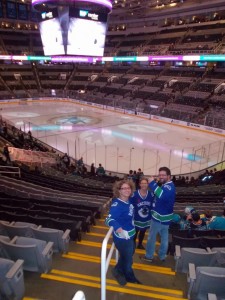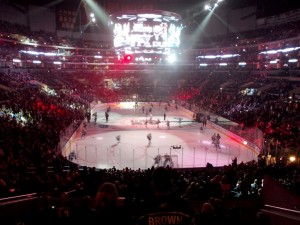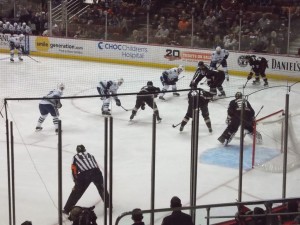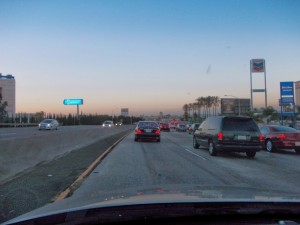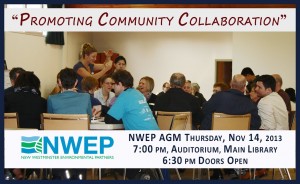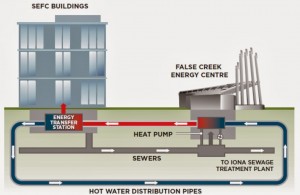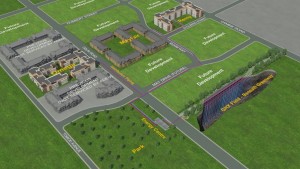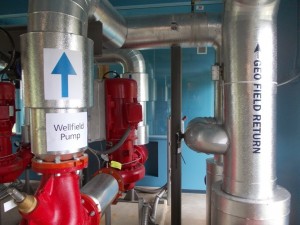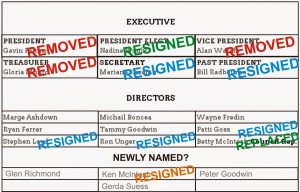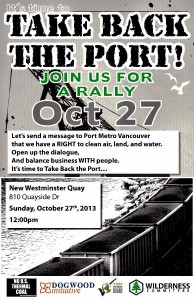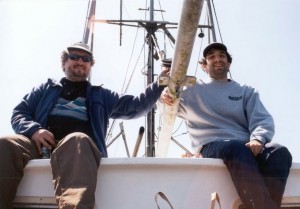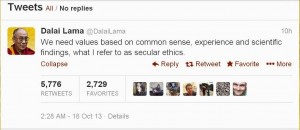I guess it would be inappropriate for me to not blog about this…
As the story says, I was honoured to be nominated, but seriously did not think I would win. I was actually offering 10:1 odds against me winning before the event, and no-one took me up on it. I did not go with a speech in hand, so I am happy that speeches were not expected. Although I am always running off at the mouth, I am not always very good at thanking people, so let’s call this the “acceptance speech” I would have delivered, getting progressively more frantic and louder as the band tries to play me off the stage so everyone can get home to their loved ones…
I have a lot of people to thank for empowering (enabling?) me to rouse so much rabble.
I need to thank the person who nominated me, both for thinking of me and for saying such kind things about me on the nomination. I don’t want to call them out personally here, as that is their thing, and they may be regretting it all now (!) but I have thanked them personally and will for some time to come. I’ll just say, they are serious community builders, and every bit as deserving of this type of honour as I am.
I also would like to thank the Chamber and the nominating/selection committee(s). I actually don’t know how the process works past the “nomination” phase, how short lists or rankings are done. I chatted with a couple of Chamber folks after the event yesterday, and they clearly wanted to preserve the anonymity of the people who make the final choice. So whomever you are, I thank you.
Of course, Ms.NWimby is always shockingly supportive (if you think reading my frequent Tweets gets annoying, imagine living in a house with them!). She is the inspiration for many of my ideas, a sounding board for my constant jabbering, and constitutes the majority of my better judgement. She also keeps the rest of my life in order so I can spend an unhealthy amount of time at meetings, researching, writing, and dreaming. All this while she maintains her own kick-ass career, volunteers for several groups, athletes the socks of people half her age, and bakes the best muffins in the world. She’s damn charming too, if you get the chance to meet her! Thanks Tig, I never forget how lucky I am.
I joked to Grant from the Newsleader that I might be the first “Digital Citizen of the Year”, because so much of my connection in the community comes from the social media and on-line world. Much of the thanks for that go to Brianna Tomkinson and Jen Arbo at Hyack Interactive. When I first started reading Tenth to the Fraser, it broadened my horizons in my adopted town, and inspired me to start doing my own blog – even if it took a couple of years to actually start blogging. Then one day Jen asked me why I wasn’t’t on Twitter, and I said – yeah! Why aren’t I on Twitter? The rest (much to James Crosty’s lament) is history.
But it’s not just about the blog and Twitter chatter, I have made numerous connections and friends through these connections. Networks were created, ideas shared, and community built. People who think that relationships built through the social media are less genuine, or do not result in a strong community, are doing it wrong. I find it amazing that I can have a backyard barbeque and new friends from up the street can come over and meet my Mom, yet feel they already know her because she comments on my blog from 600 km away. Facebook still hasn’t replaced standing in the NWEP booth at River Fest or Sapperton Day when it comes to generating interest in sustainability issues in the City, but the web presence is now as important as the interpersonal face-to-face team building. So… uh, thanks Al Gore? He invented it, right?
My first reaction on Twitter last night was to thank #NewWest, and this meant two things.
First, this City is a great place to be a rabble-rouser, because people in New West are genuinely engaged and interested, and it doesn’t take much to get them a small crowd off the couch around an issue. When TransLink holds an open house in Surrey and 10 people show up, then they get hit by 150 people in New Westminster, you know there is something special about this town. People love to talk issues and love to seek solutions. We also love to disagree, but that is all part of the conversations. I have been to more open houses and consultations in the last few years than anyone (with the likely exception of Bill Zander) and am constantly encouraged to see that the citizens of this City care about their community, and are willing to burn so much of their “spare time” helping to build it. I looked around that room last night, and there were so many people who have been putting in decades of great selfless service to the community (Bill and Lynn Radbourne, Rick Carswell, so many others!), it feels strange to get singled out…but that is the fate of the squeaky wheel. So for everyone who came to a Coal Rally or a Master Transportation Plan open house or Community Plan consultation (even those who wrote down opinions opposite of mine), thank you for being involved.
Second, this City is a great place to be a rabble-rouser because people in decision-making roles are equally willing to engage. For the most part, elected types and staff are willing to listen to new ideas, and are not afraid to take risks. Unlike some senior governments these days, it is not a struggle to get sustainability on the agenda locally. I don’t always agree with the decisions they make, but even in those times they are willing to hear an opposing viewpoint that is offered respectfully. The positive change we have seen over the last decade in this City is not an accident, it is a legacy of good decisions and good leadership. Thanks New West.
Finally, the long list of my enablers in this City include many of the NWEP folks from the early days (Andrew x 2, Matt x 2, Reena, Luc, Peter, etc.) and newer members (Karla, Ginny, Jaycee), my teammates and friends at the Royal City Curling Club, people I have served on boards with and learned so much from (Bruce, Mary, Marion, etc.), constant community organizers like Kendra, James, and (of course) Tej, and so many people that have gone from neighbour to friend to co-conspirator, I know I’m forgetting some of you, but I will thank you next time I see you!
Finally, thanks Dad for making me so opinionated, and thanks Mom for making me so loud about it.
Now, everyone get back to work.
